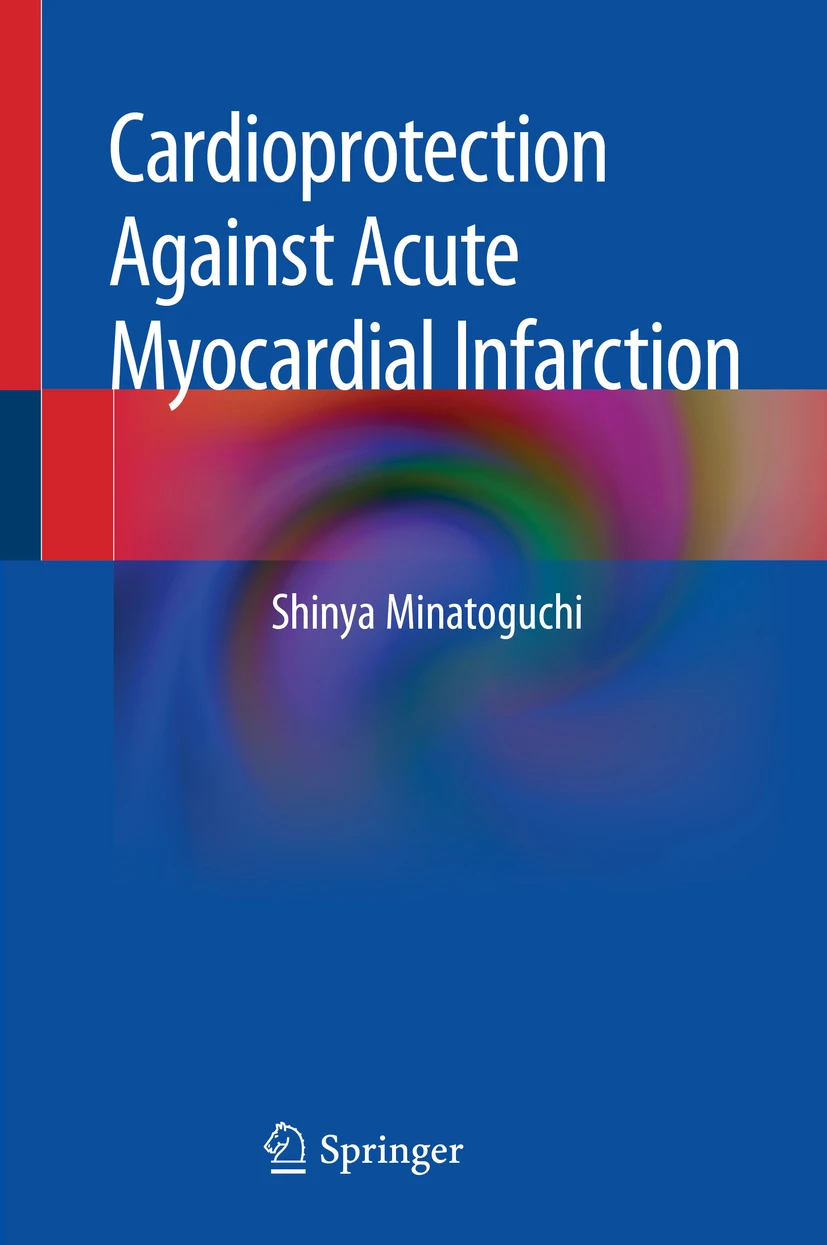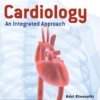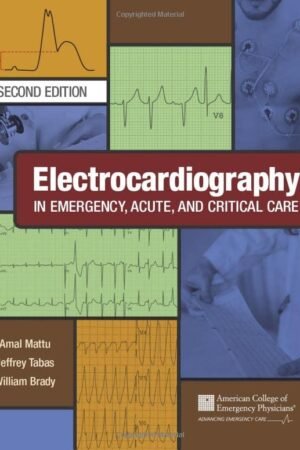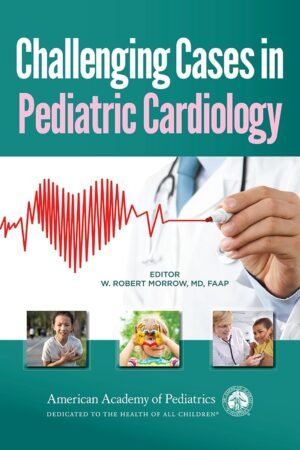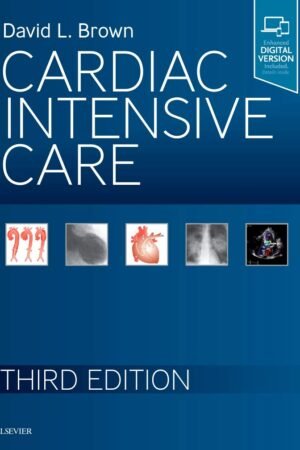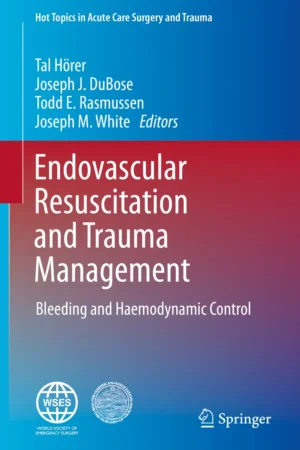Cardioprotection Against Acute Myocardial Infarction PDF
FREE
Cardioprotection Against Acute Myocardial Infarction PDF
Introduction
Cardioprotection Against Acute Myocardial Infarction PDF is a specialized resource dedicated to exploring strategies that safeguard the heart against damage caused by acute myocardial infarction (AMI). Despite advancements in reperfusion therapy such as percutaneous coronary intervention (PCI), many patients continue to experience significant myocardial injury. Cardioprotection aims to limit infarct size, preserve left ventricular function, and ultimately improve survival. According to the European Society of Cardiology (ESC), cardioprotection remains one of the most important challenges in cardiovascular medicine.
Why Cardioprotection Is Needed
When blood flow to the heart muscle is blocked during a myocardial infarction, reperfusion therapy restores circulation but paradoxically can also trigger reperfusion injury. Mechanisms such as oxidative stress, calcium overload, mitochondrial dysfunction, and inflammatory responses contribute to further myocardial damage. Therefore, cardioprotection seeks to minimize both ischemic injury and reperfusion injury.
Cardioprotective Strategies
-
Pharmacologic Agents
-
Beta-blockers, ACE inhibitors, ARBs, and statins have proven benefits in reducing mortality.
-
Antiplatelet and anticoagulant therapies minimize thrombosis and protect microcirculation.
-
Novel agents such as cyclosporine, sodium-glucose cotransporter 2 (SGLT2) inhibitors, and colchicine show potential in experimental and clinical studies.
-
-
Mechanical and Procedural Interventions
-
Ischemic preconditioning and postconditioning techniques reduce reperfusion injury.
-
Remote ischemic conditioning, induced by intermittent limb ischemia, has demonstrated protective effects in some trials.
-
Optimized reperfusion techniques during PCI to minimize distal embolization and microvascular obstruction.
-
-
Lifestyle and Secondary Prevention
-
Smoking cessation, diet modification, and exercise-based cardiac rehabilitation are key to reducing recurrent events.
-
Strict management of risk factors such as hypertension, diabetes, and hyperlipidemia.
-
Risk Factors Influencing Cardioprotection
-
Delay in reperfusion therapy
-
Large infarct territory and anterior wall involvement
-
Advanced age and comorbidities such as chronic kidney disease
-
Poor medication adherence
-
Genetic predisposition affecting drug response
Diagnosis and Monitoring
-
Cardiac biomarkers: Troponins and CK-MB to evaluate myocardial injury
-
Imaging: Echocardiography, cardiac MRI for assessing infarct size and ventricular remodeling
-
Hemodynamic monitoring during acute management
-
Long-term surveillance of left ventricular ejection fraction (LVEF)
Management and Future Directions
-
Integration of cardioprotective drugs with timely reperfusion therapy
-
Development of personalized cardioprotection based on biomarkers and genetic profiling
-
Research into regenerative therapies such as stem cells and exosomes
-
Combination strategies that target multiple mechanisms of myocardial injury simultaneously
Conclusion
Cardioprotection Against Acute Myocardial Infarction PDF provides an in-depth overview of current and emerging strategies to preserve heart muscle, improve outcomes, and reduce complications after AMI. With ongoing research, cardioprotection continues to evolve as a cornerstone of modern cardiology.
👉 Download Cardioprotection Against Acute Myocardial Infarction PDF to explore evidence-based interventions, clinical trials, and practical approaches for enhancing patient care.
🌐 For further reference, visit the European Society of Cardiology (ESC) and the American Heart Association (AHA).

